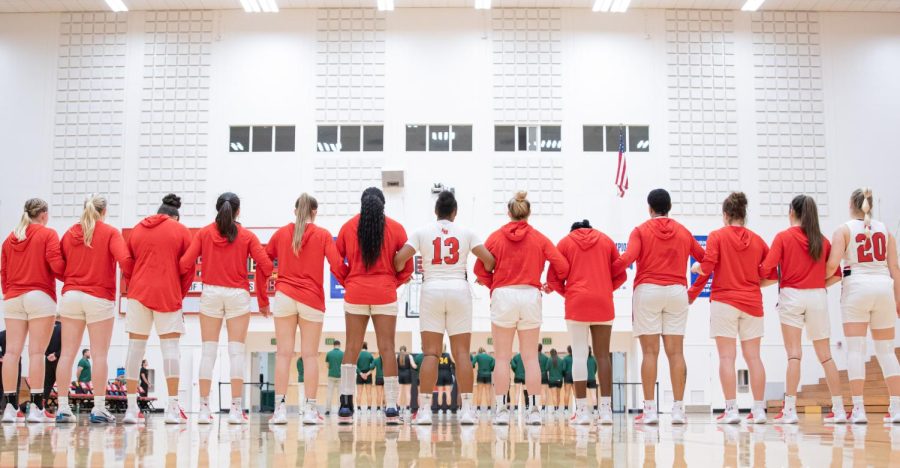Last Thursday, CSU Fullerton announced a campus-wide ban on smoking.
According to the Los Angeles Times, CSUF Interim President Willie J. Hagan signed the ban, making it the first in the CSU system to completely rid smoking from its campus.
The ban, which will go into effect on Aug. 1, 2013, was approved by the Academic Senate earlier this year and serves as an extension of a 2003 policy that prohibited students from smoking near buildings.
The decision came four months after the UC system made a similar ban on all campuses, to take effect over the course of the next two years.
According to the San Francisco Chronicle, UC President Mark Yudof sent a letter to the chancellors of each school, saying he thinks this new ban will protect non-smokers from secondhand smoke and will also improve the well-being of smokers by giving them fewer locations to smoke.
The question remains as to whether all CSUs, including CSU East Bay, should put a similar ban into effect.
While we at The Pioneer agree that university policymakers should consider the health of those who do not smoke, we believe a total ban on campus would negatively impact smoker’s rights.
We feel this ban strips people of their right to choose what activities they participate in, thus giving the impression that the CSU system limits a person’s right to choose.
What message will we be sending as an academic institution if we choose to enact a ban forcing people to not smoke on public grounds because an overbearing consensus does not agree with the behavior?
For example, would we restrict people who eat meat from eating it on campus because an overwhelming consensus thinks its promoting unhealthy behavior?
The will of the majority should be enforced while still protecting the rights of the minority, not by denying those rights.
This issue should not be influenced by our personal opinions regarding smoking; rather we believe we need to start thinking about respecting the rights of students as individuals and choose an effective way to forge a compromise that respects the rights of all involved.
Rather than a total ban, campus locations designated as smoking zones would balance protecting the health of non-smokers while also honoring the freedom to smoke.
In this way, students are aware of where they can go to smoke and it will be easier for campus to enforce the rule.
Currently at CSU East Bay, smokers may not smoke within 20 feet of a campus building, which can be problematic to enforce given the layout of many buildings on campus like the Unions. In fact, University Police Department Chief Jim Hodges confirmed that a citation or a sanction for a smoking policy violation has never been issued.
Designated smoking areas would make enforcement much easier given that it would be clear to campus police who is violating the policy.
Several other schools like UCLA have suggested similar ideas in dealing with smoking on their campus, such as apartments on campus being designated for smokers in order to avoid irritating non-smoking neighbors.
In order to respect First Amendment rights and not control people on how they express themselves, creating designated smoking areas is a better alternative than banning smoking entirely.
This solution would forge a compromise between smokers and non-smokers on this campus, while making enforcement an easier task for campus police.
The path to protecting the rights of all individuals on our campus lies in the seed of this compromise.










